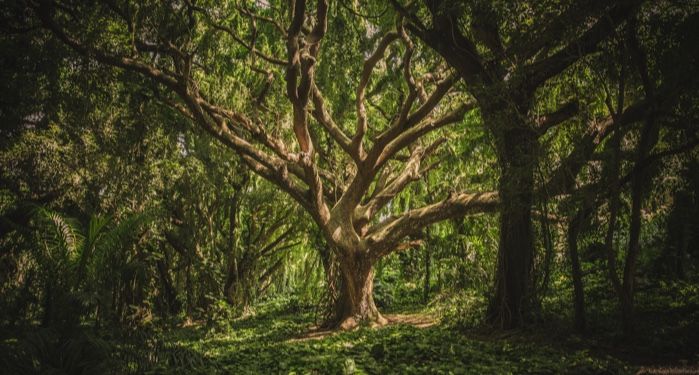
11 Amazing Books About the Wonder of Trees
A lot of my friends and family knew I had a thing about trees before March. But it was when I started talking about my trip to Muir Woods that they realized just how much I love trees. I’m obsessed with trees. I have favorite trees around my neighborhood. I leaned my head against the trunks of several redwoods. I maybe talked to a couple of them. I know lists of tree facts.
I really like trees.
Did you know that trees can share information through an underground fungal network that ties their roots together like the neural networks in a brain? Did you know that the largest organism on Earth looks a whole lot like a forest of 47,000 trees in Utah, but is actually one aspen named Pando? Did you know that trees can release airborne signals that drive away insects or even attract the predators of the insects that threaten their own survival?
Maybe you also love trees, but more likely you’re just a casual nature lover who’s intrigued by this list. Good. Welcome. Come on this journey with me. Did you like The Overstory by Richard Powers? Well, guess what — a lot of his characters are based on real-life people and their real-life experiences and discoveries. A lot of their work is featured below.
Trees are fascinating, magnificent creatures that are all around us, but most of us know so little about them. These books about trees will introduce you to all the wonders of trees, to Pando and the redwoods, to baobob and bristlecone pine.
Note: There is a lot of fantastic nature writing by authors of color, such as Trace: Memory, History, Race, and the American Landscape by Lauret Savoy. Unfortunately, I was unable to track down many focused specifically on trees. Still, these books about trees will help shift the perspective and broaden the knowledge base of any nature or tree lover, and I encourage you to dive into them.
11 Books About Trees
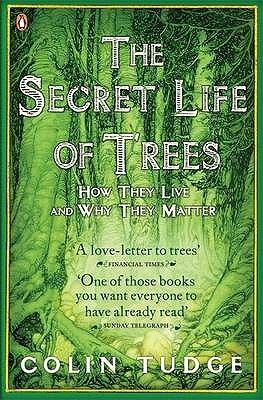
The Secret Life of Trees: How They Live and Why They Matter by Colin Tudge
Did you know that because most apple trees are grown from cuttings, almost all apples of each kind are clones? Or that the greatest banyan in Calcutta is a quarter of a mile in circumference and could provide shelter for 20,000 people? Or that mangroves essentially breathe using the tides? Tudge’s book is a dense, glorious deep dive into the wonder of trees, into their history, their mechanics, and their survival. Tudge’s enthusiasm is infectious, and the wealth of knowledge he provides will increase your appreciation for our natural world. This was the first in-depth book I read about trees, and I’m still obsessing today about all the things I learned from it.
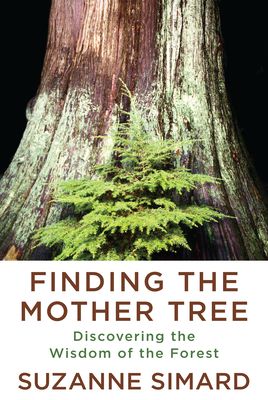
Finding the Mother Tree: Discovering the Wisdom of the Forest by Suzanne Simard
Simard is the expert who proved for the first time that trees can talk to each other through fungal networks. In this book, which is also part memoir, Simard shows us how trees have learned to perceive one another, learn, recognize neighbors, remember the past, give each other warnings, compete and cooperate, and even share resources. She also shares the story of her life, her love of trees, and her scientific quest. With this book, you’ll get a whole new appreciation for what trees can do. You’ll also get the opportunity to accompany the author on an often frustrating journey of scientific discovery, as she had to push against a male-dominated field that was skeptical of her theories.
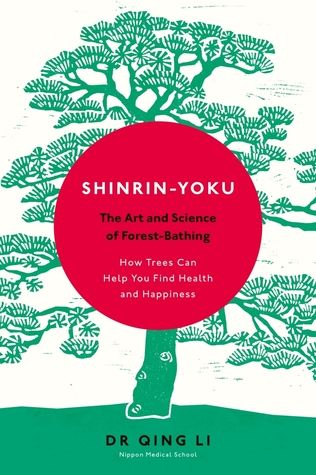
Forest Bathing: How Trees Can Help You Find Health and Happiness by Dr. Qing Li
Shinrin-yoku, “forest bathing,” is a Japanese therapeutic practice that involves immersing oneself in nature and getting away from a society that is too disconnected from the natural world. Forest bathing helps us to reduce our stress levels, and in this book full of gorgeous color photos, Li, the world’s leading expert in forest medicine, walks us through how to draw energy and healing power from the trees around us. While it does contain some pseudo-science, discerning nature lovers will still enjoy this book that highlights the importance of getting out into nature to help reduce anxiety and support your well-being.
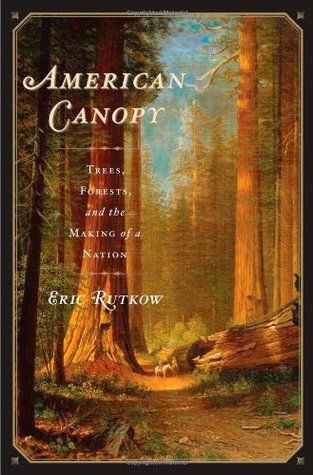
American Canopy: Trees, Forests, and the Making of a Nation by Eric Rutkow
How does the history of trees mirror the history of the United States itself? From the once giant white pines of New England to the orange groves of California, Rutkow outlines how trees were essential to the early years of colonialism, and how trees are an essential part of our cultural and literal history. From colonists gathering under the Liberty Trees to plot rebellion, to the spread of Dutch Elm Disease, to the three billion trees planted under FDR, looking at trees helps us to look at the history of our country as a whole. While he could have been more diverse in his coverage of this history, Rutkow spans 400 years in this book that looks at our history from the perspective of the trees.
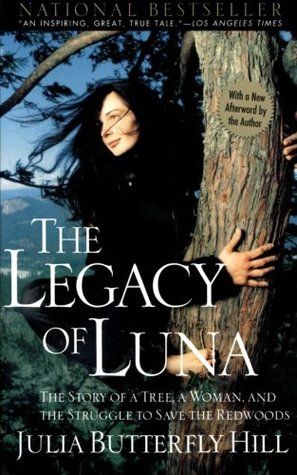
The Legacy of Luna: The Story of a Tree, a Woman, and the Struggle to Save the Redwoods by Julia Butterfly Hill
Starting in 1999, Julia Butterfly Hill lived in a thousand-year-old tree named Luna for 738 days to protect it against Pacific Lumber and the exploitative Maxxam Corporation. She wrote most of this memoir 18 stories off the ground. While much of the book is about her harrowing existence up there, she also writes powerfully about her connection to Luna, about the beauty of this tree, about the need to fight clear-cutting and the toxicity of greedy capitalist corporations. Hill is one of my heroines, and she writes powerfully in defense of all redwoods, brutally taking apart the industry of clear-cutting and writing a powerful love letter to Luna herself.
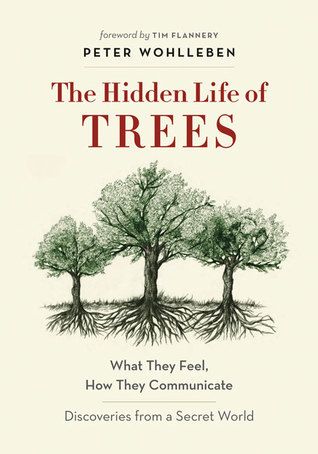
The Hidden Life of Trees: What They Feel, How They Communicate: Discoveries from a Secret World by Peter Wohlleben, tr. Jane Billinghurst
What do trees talk about? While this book can be somewhat dry, it paints a gorgeous picture of the tall, magnificent things that surround us every day. After reading this one, you might just never look at trees the same way again — it changes your focus, challenging our ideas of what it means for an organism to be sentient. Are trees really just scenery, or are they actors and communicators with agency and friendships? And given that they not only have this much ability, but also provide us with so much that we need to survive, shouldn’t we treat them with more respect?
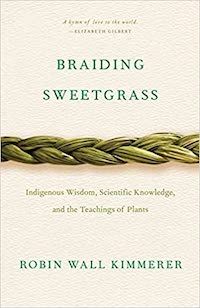
Braiding Sweetgrass: Indigenous Wisdom, Scientific Knowledge, and the Teachings of Plants by Robin Wall Kimmerer
This book is not specifically focused on trees, but it changed the way that I look at and interact with nature. Bringing together indigenous stories, wisdom, and history with the wondrous science of botany, Kimmerer encourages us to recalibrate and reorient our relationship with nature to one of reciprocity and mutualism. She writes about trees, among other plants and pieces of our natural world, to encourage us to see science as something of wonder that takes folklore and culture into account, that allows for passion, that allows us to open our hearts and minds to trees and what is all around us.
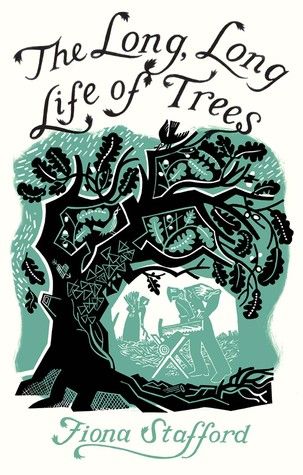
The Long, Long Life of Trees by Fiona Stafford
This book is a lyrical, illustrated volume in which Stafford writes about 17 common trees — from the ash to the cypress to olive, holly, and birch — and describes how they’re interlaced with human experience, history, and culture. She dives into how trees are described and personified in folklore, literature, poetry, and more, digging deep into how carefully these trees have been integrated and ingrained into our lives as symbols. This poetic book drips with Stafford’s passion for the trees, and her research adds authenticity to her analysis. It also explores the cultural impacts of tree loss, and shows the impact that these creatures have on our lives.
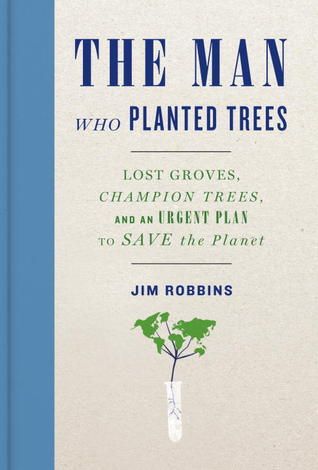
The Man Who Planted Trees: Lost Groves, Champion Trees, and an Urgent Plan to Save the Planet by Jim Robbins
David Milarch decided that he needed to save the trees because angels told him he had to. He decided he had to do it by cloning the largest and toughest ones out there, but he didn’t know how, or if it was possible. Many experts and scientists informed him that it wasn’t. But decades after, Milarch and his team have cloned the sequoia and grown seedlings from the oldest tree in the world, a famous bristlecone pine. In this book, journalist Jim Robbins skillfully and in fantastic detail tells Milarch’s story and breaks down the science of what this team has managed to do. It blends the most intricate scientific research with the story and history of trees on our world, and with Milarch’s spiritual journey that powered him to make this breakthrough.
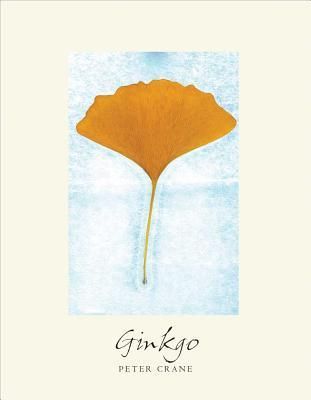
Ginkgo: The Tree That Time Forgot by Peter Crane
For more than 2 hundred million years, the gingko tree has remained stubbornly unchanged. Botanist Crane was first inspired to write this book thanks to the gingko in London’s Kew Gardens that has been standing since the 1760s — but this book goes way bigger than that, describing the gingko’s survival from the age of the dinosaurs to the way people love it today for its distinctive yellow fan-shaped leaves. Crane digs into its cultural, medicinal, and social significance to its powerful ability to survive, and how it might have been able to do so. The book is a love letter to the gingko tree, scientific yet accessible, and full of lovely illustrations.
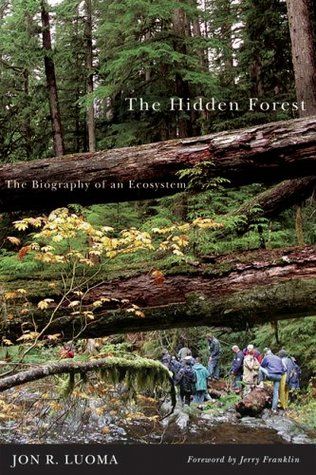
The Hidden Forest: The Biography of an Ecosystem by Jon R. Luoma
One of the most crucial breakthroughs of the last few decades has been scientists’ adamant defense of the importance of old growth forests, from downed logs to the roots of ancient giants. In short, planting swaths of new trees in no way actually balances the impact of logging an established forest and its complex ecosystem, which is uniquely prepared for environmental disasters and biological diversity. In this book, science writer Luoma breaks all of that down, showing us in vivid detail how an old-growth forest operates as a single, complete, and infinitely complicated ecosystem, using a forest in the Pacific Northwest as the example.
Want more books about trees? Read about the horror genre and its relationship to the forest, dig into novels that star nature or the landscape as main characters, or explore some fantastic eco-fiction reads.











